A Journey to the Land of High Passes
Leh and Ladakh—two names that evoke visions of vast landscapes, towering mountain ranges, and a mystical allure. Nestled in the northernmost reaches of India, Ladakh is a high-altitude desert, bordered by the Great Himalayas and the Karakoram range, with Leh as its historic capital. Often called the “Land of High Passes,” Ladakh is known for its surreal natural beauty, vibrant Buddhist culture, and rugged terrains that have long captured the hearts of travelers, adventurers, and spiritual seekers.
The Charm of Leh: A Gateway to Ladakh
Leh, the largest town in Ladakh, serves as the cultural and economic center of the region. Perched at an altitude of over 11,000 feet, Leh offers a unique blend of old-world charm and modern conveniences. Its ancient palaces, bustling bazaars, and historic monasteries offer a taste of the rich Ladakhi culture and history, which has been shaped by its strategic location on the ancient Silk Road.
The Leh Palace, a nine-story structure built in the 17th century by King Sengge Namgyal, is a prominent landmark that resembles Lhasa’s Potala Palace. The palace offers breathtaking panoramic views of the town and surrounding mountains and is a perfect starting point for any traveler seeking to dive into Ladakh’s heritage.
A Rich Tapestry of Buddhist Culture and Monasteries
Ladakh is a spiritual haven for Buddhists, and Leh is surrounded by monasteries that reflect its deep-rooted faith and Tibetan cultural influence. Some of the most famous monasteries include Hemis, Thiksey, and Spituk, each with its own unique architecture, collection of ancient texts, and religious artifacts.
Thiksey Monastery, located about 20 kilometers from Leh, is often called the “Mini Potala” for its resemblance to Lhasa’s iconic structure. Hemis Monastery, dating back to the 17th century, is the largest and wealthiest in Ladakh, hosting the annual Hemis Festival, where monks perform traditional masked dances to celebrate the birth of Guru Padmasambhava. These monasteries offer a tranquil escape and a glimpse into the spiritual life of the monks who call them home.
The Breathtaking Landscapes of Ladakh
Ladakh’s landscapes are a striking contrast of high mountains, expansive valleys, and sparkling lakes. This high-altitude desert is famous for its dramatic, arid landscapes punctuated by patches of green oasis-like villages.
Pangong Lake, a 134-kilometer-long lake that spans from India into Tibet, is one of Ladakh’s most famous attractions. Known for its mesmerizing blue hues, the lake changes colors throughout the day, leaving visitors spellbound. Another gem is Tso Moriri, a serene high-altitude lake surrounded by mountains, ideal for travelers looking to escape into nature’s quiet embrace.
The Nubra Valley, also known as the “Valley of Flowers,” lies north of Leh and is accessible via Khardung La, one of the highest motorable roads in the world. The valley, with its vast desert landscape and sand dunes, feels like an entirely different world. It is also home to the unique double-humped Bactrian camels and the charming village of Hunder, where travelers can experience camel rides amidst stunning scenery.
Adventures at the Roof of the World
Leh-Ladakh is a paradise for adventure enthusiasts. Trekking, river rafting, mountain biking, and mountaineering are some of the thrilling activities that Ladakh offers. The Markha Valley Trek, the Chadar Trek (which traverses the frozen Zanskar River in winter), and the Stok Kangri climb are popular among trekkers for their breathtaking views and challenging terrains.
The famed Leh-Manali Highway and the Leh-Srinagar Highway attract motorbiking enthusiasts from across the world. Riding across high-altitude passes, river crossings, and unending mountain roads is an adventure like no other, making it a rite of passage for many road trip lovers. Khardung La Pass, at an altitude of over 18,000 feet, is a must-visit for anyone seeking to test their endurance at one of the world’s highest motorable passes.
The Heart and Spirit of Ladakh: The People and Their Culture
The people of Ladakh are known for their warmth, resilience, and spiritual outlook on life. The Ladakhi culture is a harmonious blend of Tibetan and Indian influences, reflected in their clothing, music, festivals, and cuisine.
Festivals in Ladakh are lively affairs, with traditional dances, music, and colorful costumes. The annual Ladakh Festival, held in Leh, showcases the region’s vibrant culture, with a parade, dance performances, archery, and polo tournaments. Another notable event is Losar, the Tibetan New Year, celebrated with elaborate rituals, feasts, and prayers to usher in peace and prosperity.
Ladakhi cuisine is simple yet delicious, reflecting the region’s reliance on local ingredients. Traditional dishes like thukpa (noodle soup), momos (dumplings), skyu (a pasta-style dish), and butter tea are staples in Ladakhi households and are a must-try for visitors.
Leh-Ladakh: A Destination Like No Other
Leh and Ladakh are much more than scenic wonders; they are a journey through history, culture, and spirituality. The region’s landscapes, from azure lakes and golden valleys to towering mountain passes, are awe-inspiring. Ladakh’s culture, deeply rooted in Buddhism, offers a sense of peace and reflection, and the welcoming nature of its people leaves an indelible mark on travelers.
Whether you come for the spiritual solace, the thrill of adventure, or simply to lose yourself in Ladakh’s vast, quiet landscapes, this “Land of High Passes” offers an experience unlike anywhere else in the world. For many, a visit to Leh-Ladakh is not just a trip; it’s a pilgrimage to one of the most magical and majestic places on earth.



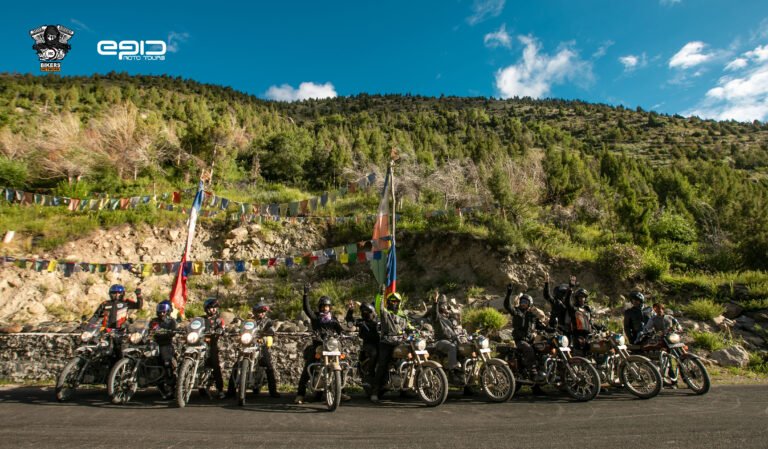

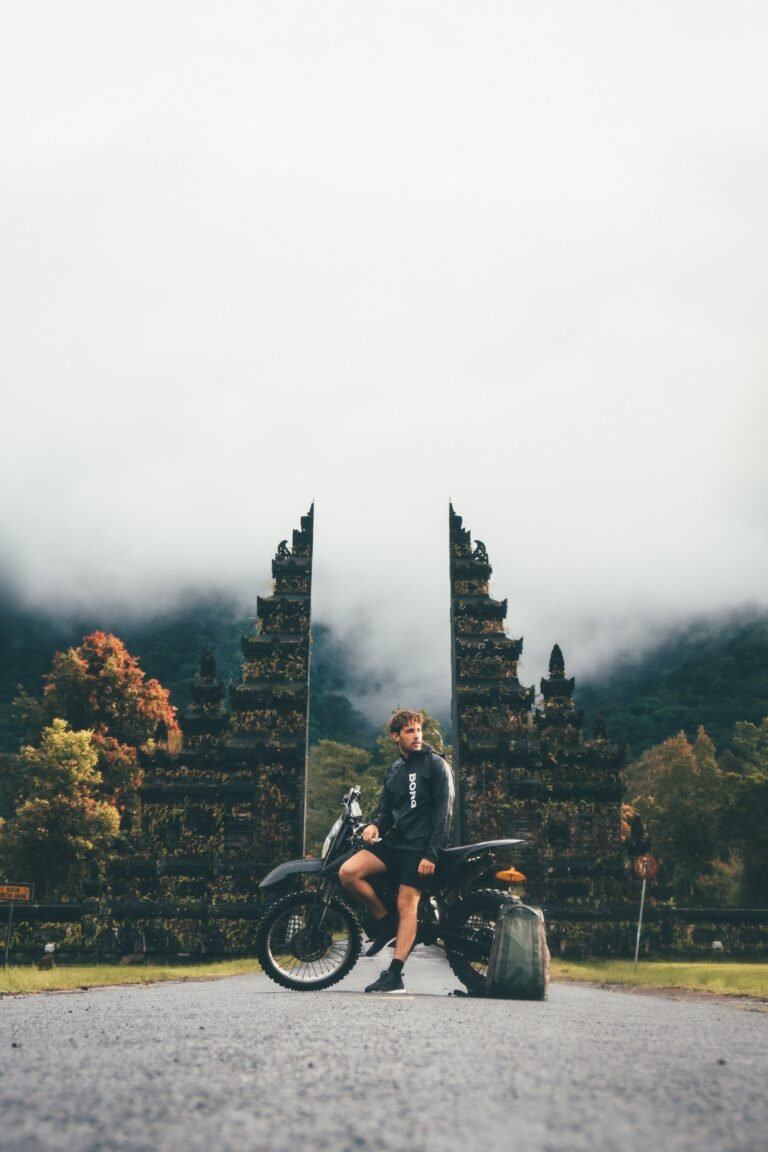
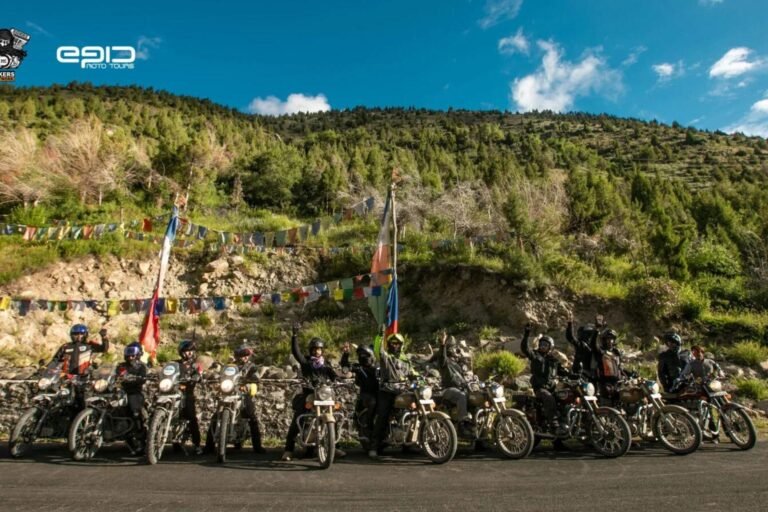




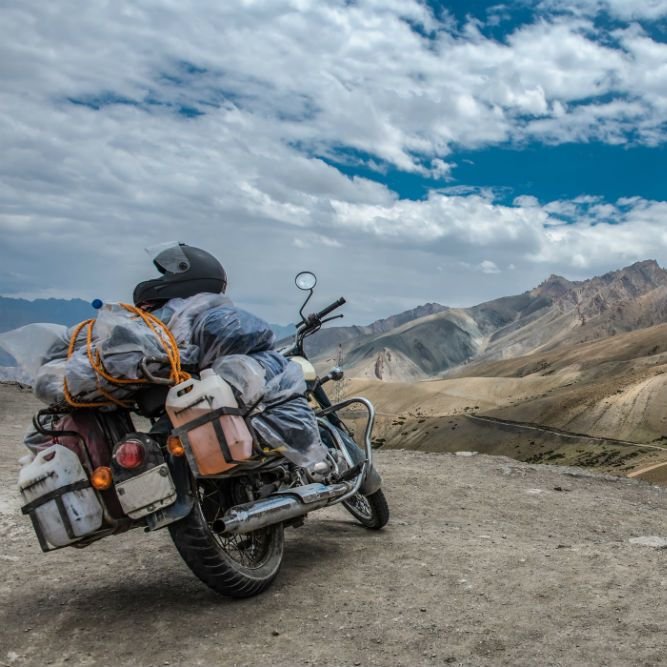

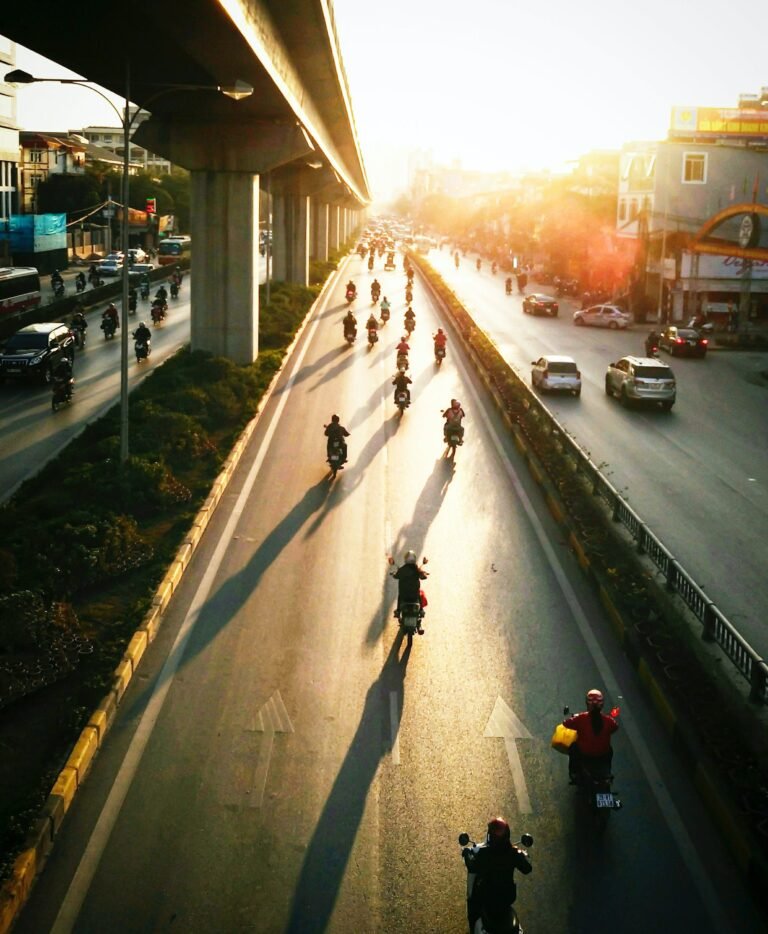
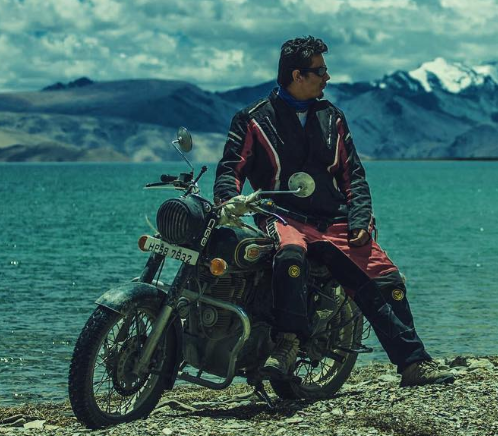

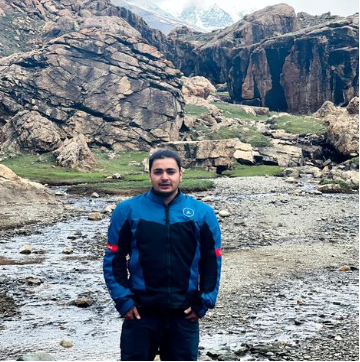



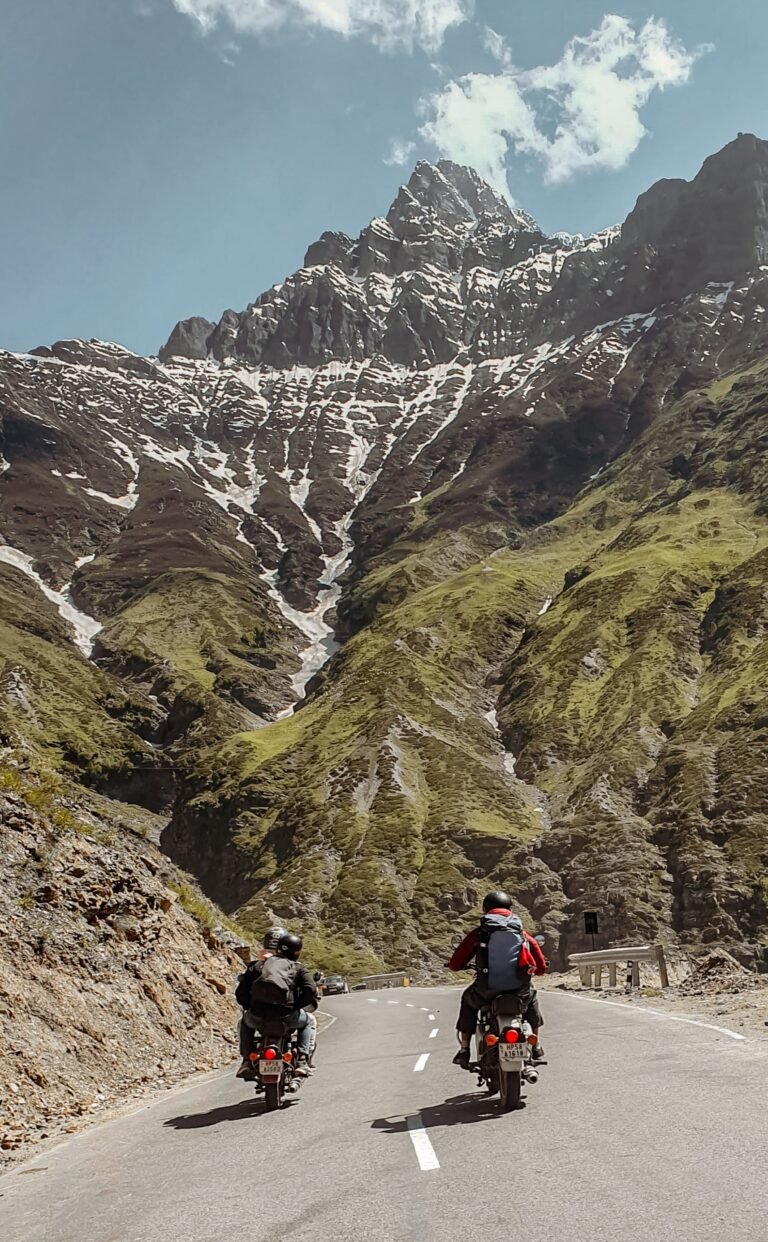
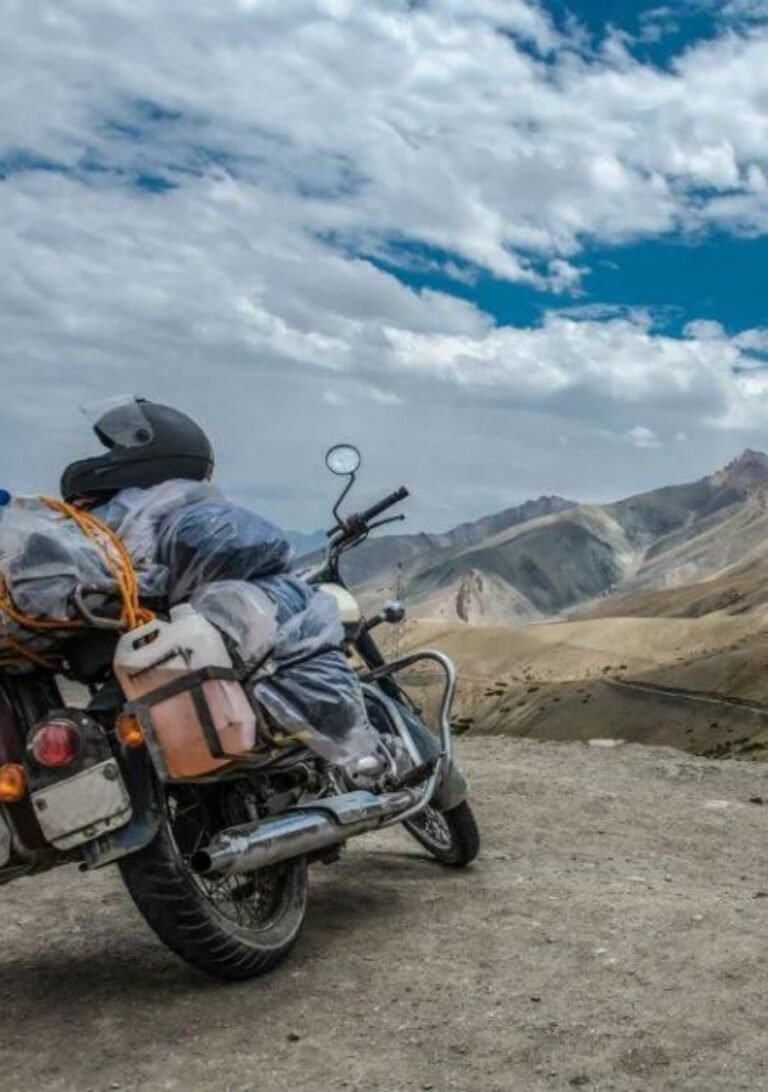
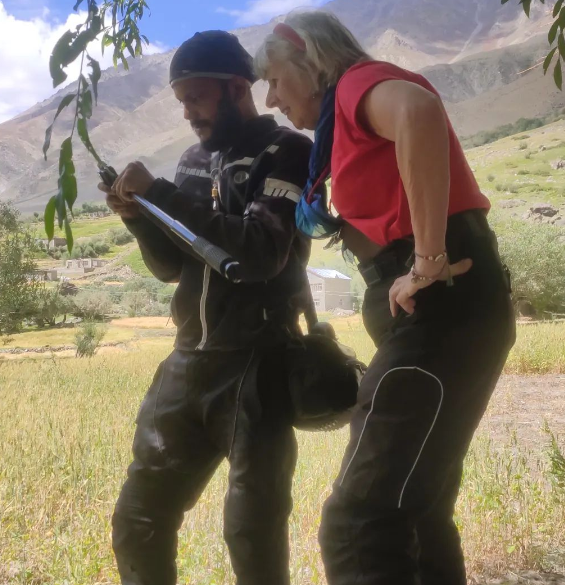


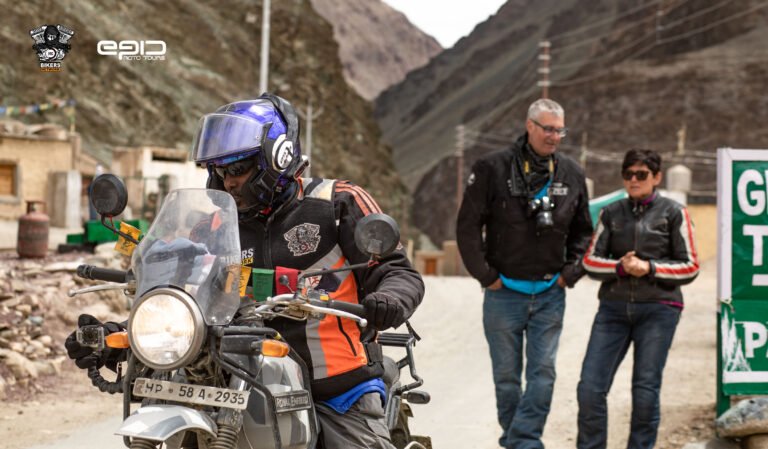


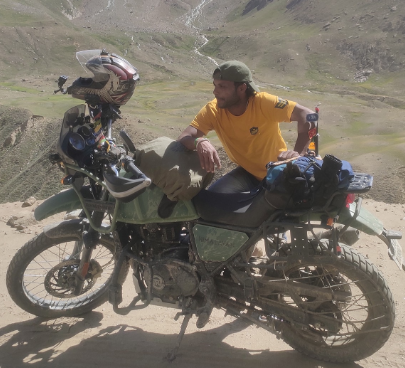
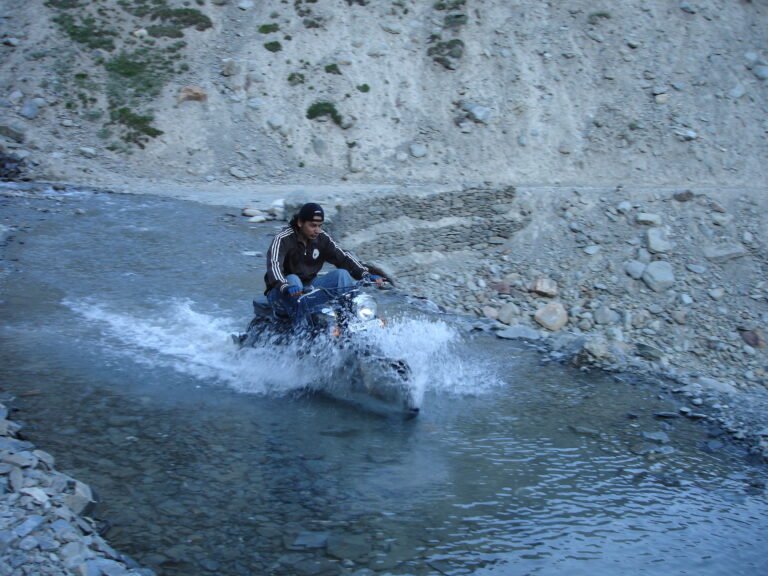
Recent Comments